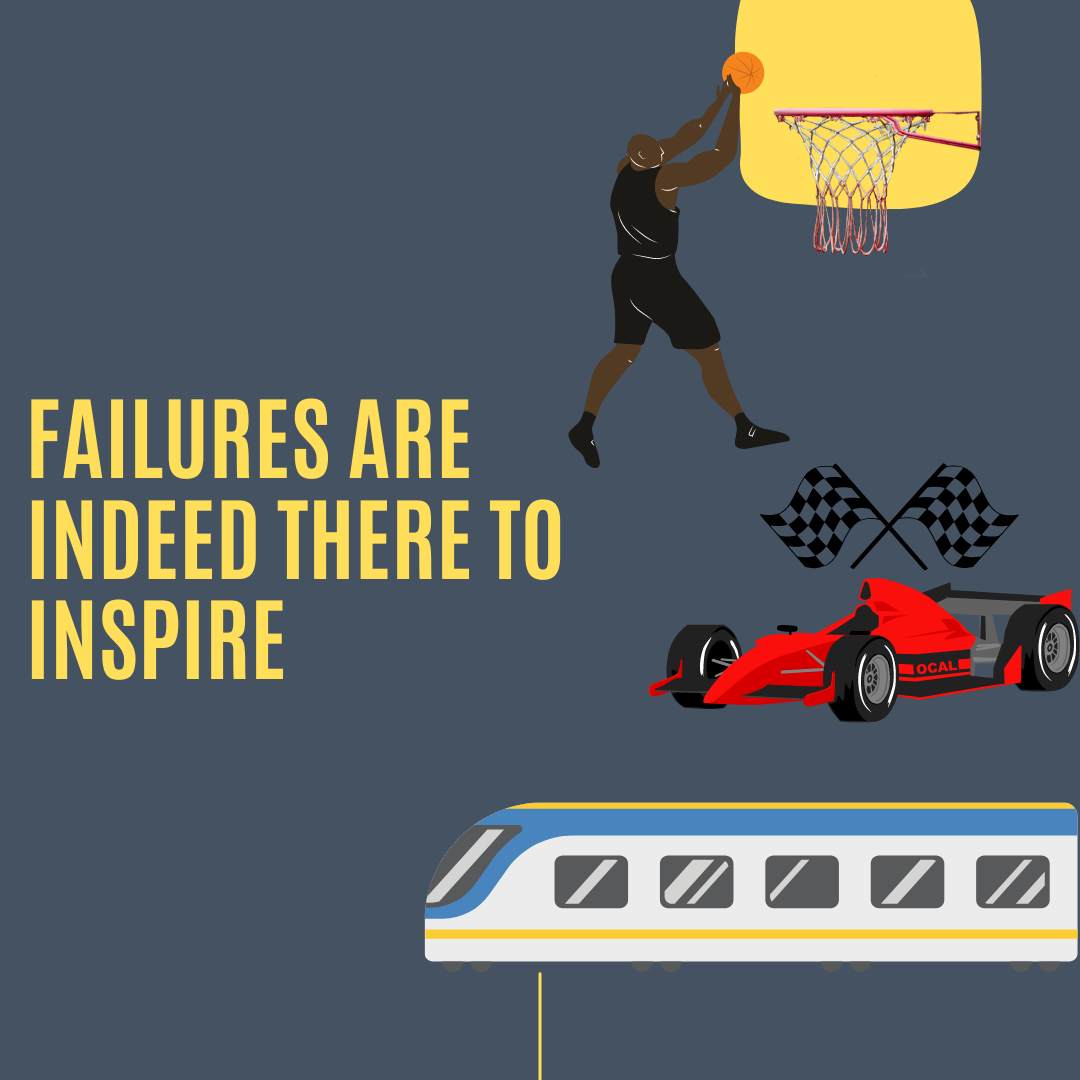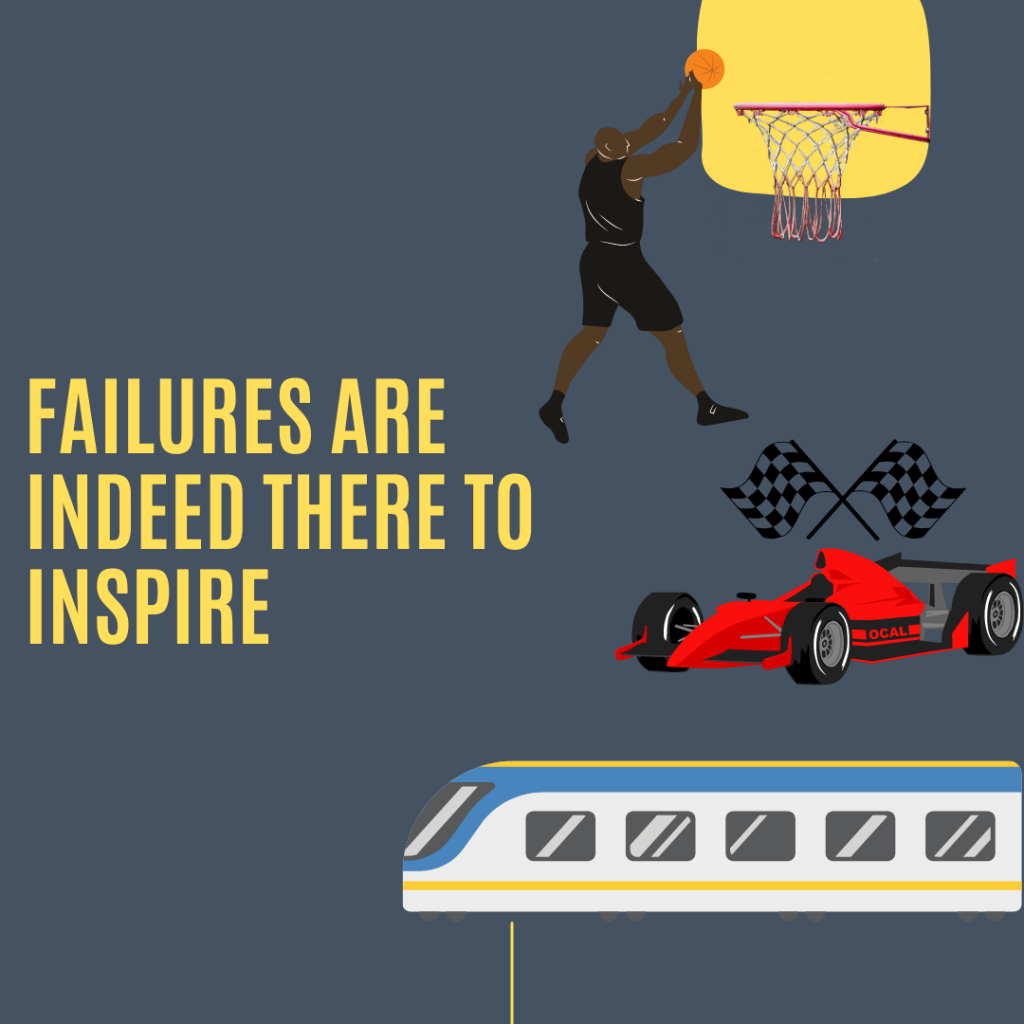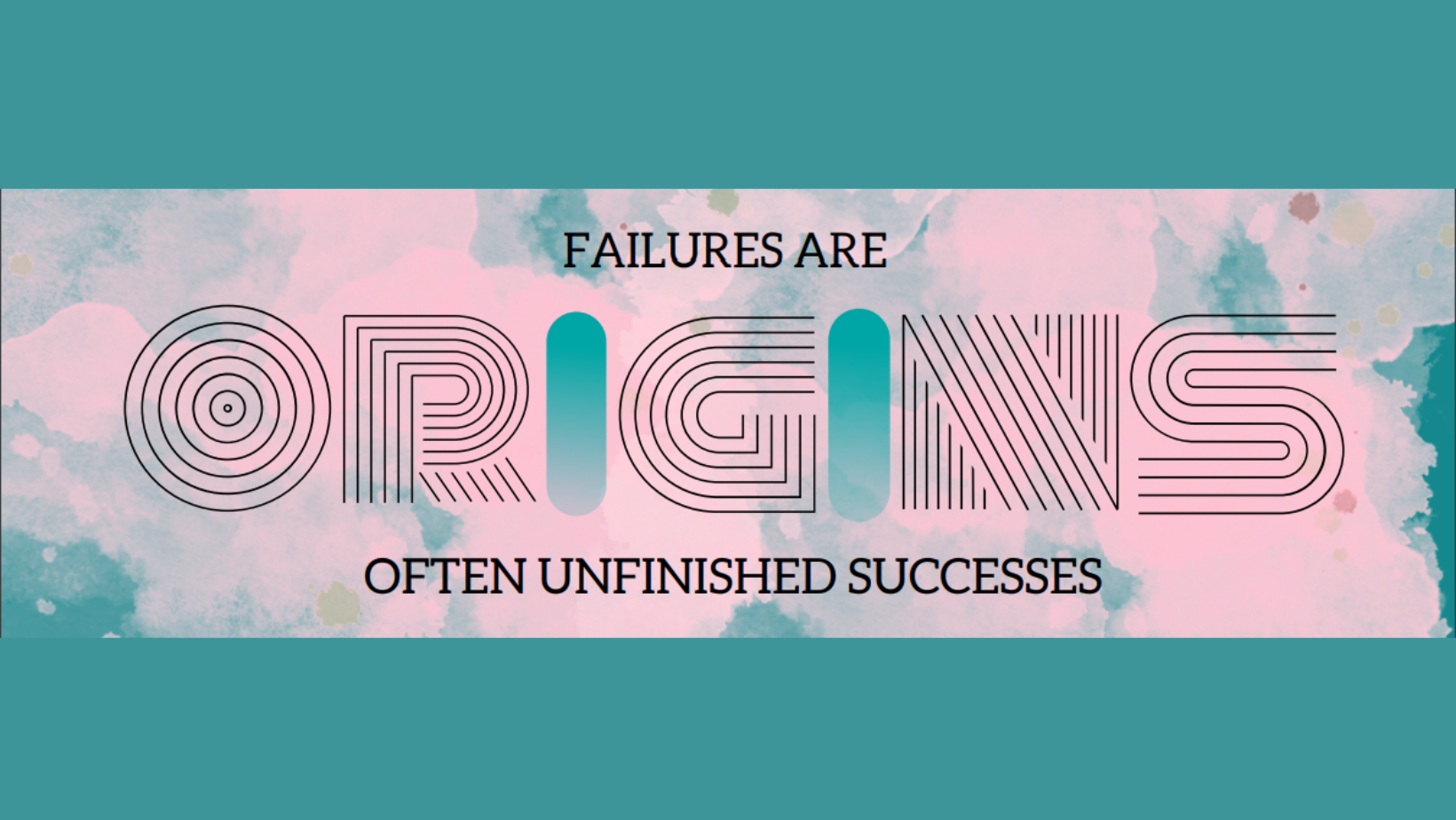FAILURES ARE INDEED THERE TO INSPIRE


Eswaran Narasimhan (PGP 1985)
JONAS IN MONHEIM I once had an opportunity to visit Monheim, Germany. I reached the nearest airport at Dusseldorf and took a taxi from the airport to reach my destination, the Achat Hotel at Monheim am Rhein. After about an hour, the taxi driver after driving through the various locations from the airport to the hotel announced we had reached.
I was scheduled to be there for two weeks. The week was hectic, and the weekend dawned with a bit of drizzle. I had a walk around in the morning.
After I had my lunch, I returned to the hotel. On the way, I saw a music school near the hotel. Being a weekend, the crowd at the school was thin. My rooms were at the end of the corridor, away from the front of the hotel, with windows facing the back of the hotel. I noticed that I could see the back of the music school with a basketball court.
Thump! Thump! Thump! was the relentless noise that woke me up and I realized I had dosed off. I opened the window and peeped outside. I could see a boy dribbling a basketball and attempting to throw it in the basket. He was trying hard.
This on a weekend really surprised me. I was completely awake and watching him with keen interest. Let us call him Jonas for want of a name. Jonas kept attempting to put the ball into the hoop. Repeatedly, he went around, had a run and tried. Once he had success, he tried even harder. It was then I realized that he was trying to get a consecutive set of successes. After ten minutes, he had a double success. He continued. Jonas then got three in a row! I thought he would give up now as it was one hour, I had been watching. On and on he went. After another fifteen minutes, he seemed chuffed. He had four successes in a row! No, he did not give up. I was getting more tense and worried than Jonas. After 30 minutes, Jonas was jumping in glee! Five in a row! I clapped my hands loudly. Jonas looked up. He was beaming. Then, he packed up his stuff and left.
So many phrases were coming to my mind on this spectacle. “Be at it,” “Focus, focus, focus” and many more. To me, however, was the evident display of single mindedness and grit. On a hot afternoon, over a weekend, when most kids of Jonas’s age would be doing something else, he chose to practice and be perfect.
Here, he set a bar for himself and strived till he achieved it.
FORMULA ONE SEASON Here are a set of drivers who are single-minded about racing their car the fastest on a circuit. They have had practice runs on the same. Every racer knows the broad type and specifications of the car the other racers have. The pitstop crew know exactly what the other pitstop crew is doing. So how come we still have a winner?
The detail lies in the innate difference in the drivers, their individual style of driving, their body size, mental orientation to speed and racing. Each car is then finetuned to maximize driver fitment, comfort and his style. The car setup is individualized to an extent that two drivers from the same team may have different setups. While the car specifications all follow rules as per the race regulators, questions such as, when to stop at the pitstop, assessing tire wear, when to change the tires, what tires to fit, minor changes in aerodynamic settings are still a combined strategy of the team and the driver.
The pitstop dynamics have changed over the years. The duration of the pitstop engagement which was typically 25-30 seconds in the 1950s has now been optimized to reduce to a mind boggling 2-3 seconds. Relentless optimization as a team is key to this.
Every racer and the teams who have lost, have not only improved on the things they have done wrong, but have also learnt from the mistakes as well as the winning strategies of the other. The entire race is like an open book. Once a race is done, all strategies are out in the open. So is the winning car. Hence, advantages do not last for long and there is constant pressure to improve.
Also, regulations change every year. Unlike Jonas who strived to improve on a personal level, here the team learnt from their own selves and the others as well.
THE SHINKANSEN, EIJI NAKATSU AND KINGFISHER The Bullet train travels throughout Japan at speeds of 150–200 mph to support millions of passengers yearly. However, many may not know that it was a failure during the first design. The train’s high speed would cause atmospheric pressure waves to build up in front of the train as it passed through tunnels. This compression wave propagated through the tunnel at the speed of sound, forming a micro-pressure wave, or a tunnel sonic boom at the exit. Shinkansen trains, as they were known as, ran through many tunnels in dense neighborhoods, and the sonic booms were so forceful that residents could hear them four hundred meters away. Boom, Boom, Boom!
Not surprisingly, thousands of residents nearby were disturbed, concerned, and annoyed.
One of the team’s engineers looked at the situation and shared his thoughts with Eiji Nakatsu, the general manager of the technical development department for the bullet trains in 1997. Immediately, Nakatsu thought, “This must be due to a sudden change in air resistance.”
The question then occurred to Nakatsu: “Is there some living thing that manages sudden changes in air resistance as a part of daily life? Yes, there is, the kingfisher.”
Nature created the Kingfisher, Nakatsu had to design a train that can adapt to sudden changes in air resistance, and Nakatsu mimicked the Kingfisher’s beak to launch a design that not only solved a big problem the Shinkansen trains were against, but changed the ways the trains were designed forever.
Here, the failure inspired the designers to look outside their domain to get ideas with an amazing solution!
Failures indeed are there to inspire – be it an individual like Jonas, or the F1 racing team or a team that had to look away from their domain to be successfully inspired.




Sorry, the comment form is closed at this time.